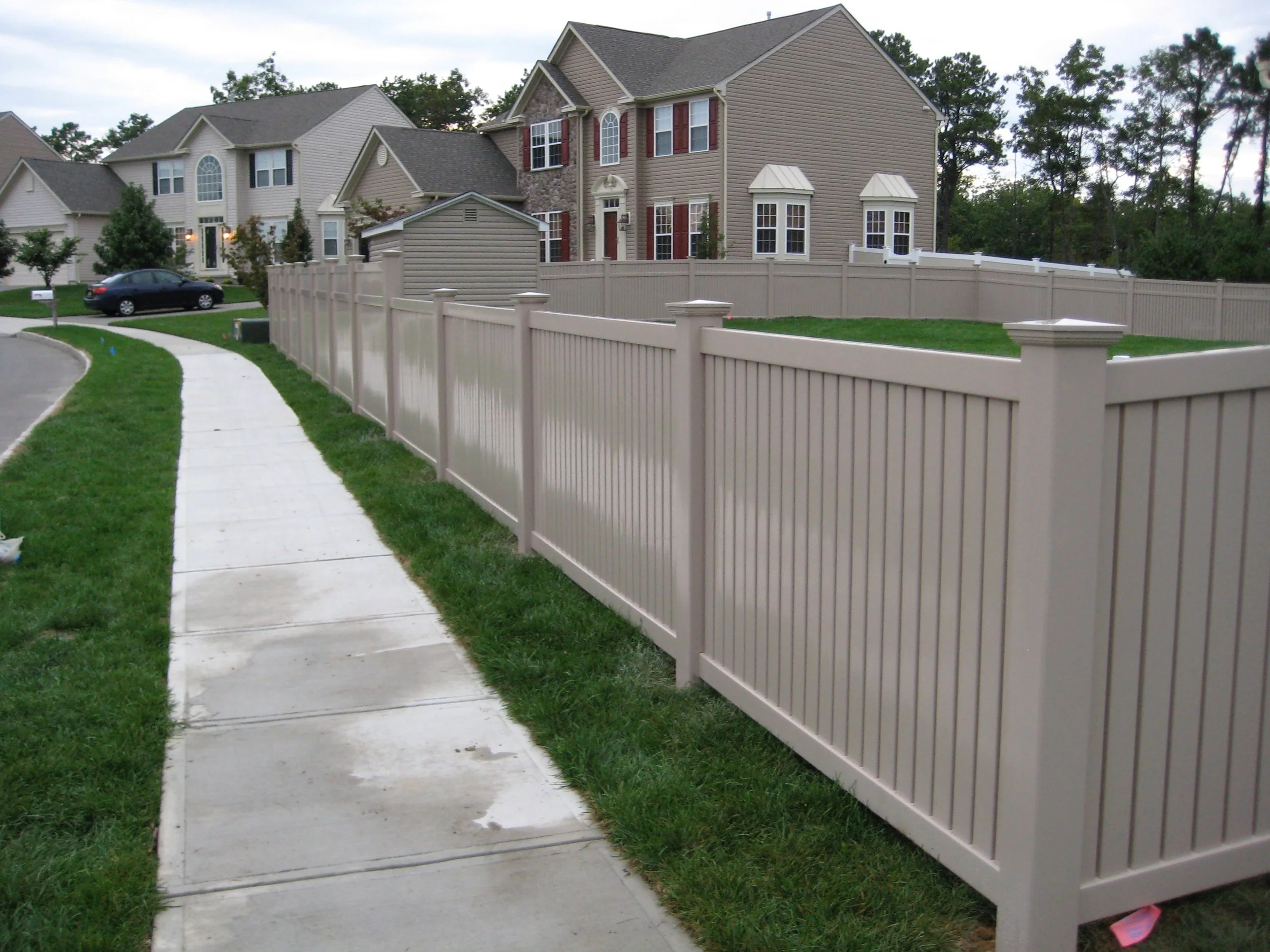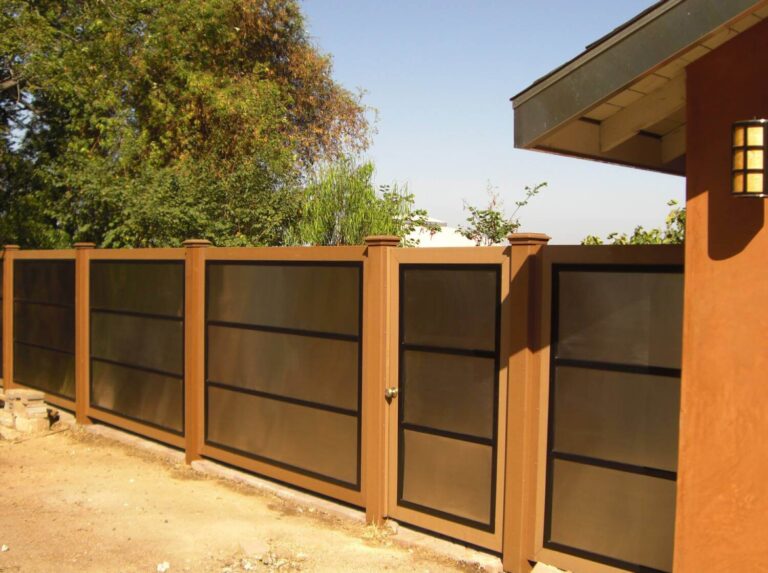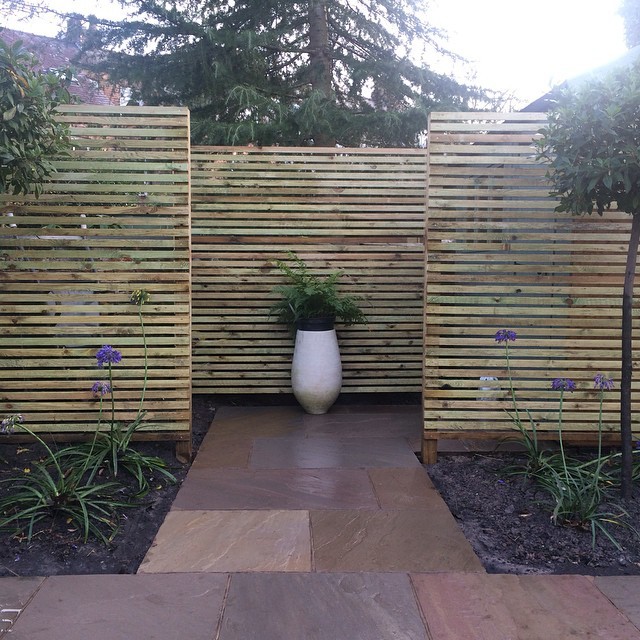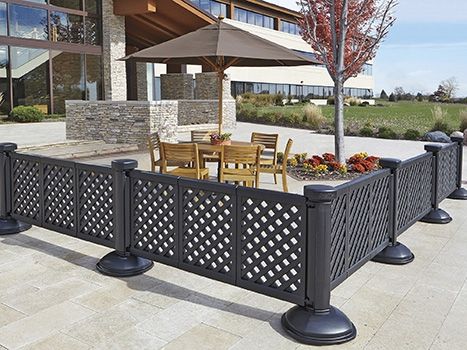Color psychology plays a significant role in fence selection, as different colors can evoke various emotions and perceptions. Understanding the psychology of color can help you choose the right fence color that aligns with your desired effect and complements your property.
The psychology of color in fence selection is a crucial aspect to consider when choosing the right color for your property.
Different colors can evoke distinct emotions and perceptions, impacting the overall aesthetics and ambiance of your space.
By grasping the psychological impact of colors, you can make a well-informed decision that enhances the visual appeal and creates the desired atmosphere for your property.
This article delves into the significance of color psychology in fence selection, helping you make an informed choice that resonates with your preferences and the ambiance you aim to create.

Understanding The Impact Of Color Psychology
The impact of color psychology is a fascinating aspect of fence selection that often goes overlooked.
Understanding the psychological influence of colors can help homeowners make informed decisions when choosing a fence color that resonates with their emotions and enhances the aesthetic appeal of their property.
Upgrade Now: Call Us! for expert advice on selecting the perfect fence color to create the desired atmosphere for your home.
Importance Of Color In Psychological Influence
Color plays a crucial role in influencing human emotions, behaviors, and perceptions.
It can evoke specific feelings and create lasting impressions, making it a powerful tool in various aspects of design, including fences.
Emotional Responses To Different Colors
Emotional responses to different colors are diverse and impactful. People often associate specific emotions with certain colors, which can significantly influence their preferences and decision-making when choosing a fence color.
Warm Colors
Warm colors such as red, orange, and yellow tend to evoke feelings of warmth, energy, and optimism.
These colors can create a welcoming and lively ambiance, making them popular choices for fences, especially in residential settings where a cheerful and inviting atmosphere is desired.
Cool Colors
Cool colors, including blue, green, and purple, are associated with tranquility, harmony, and relaxation.
These shades can be particularly appealing in outdoor spaces, providing a sense of calm and serenity.
Cool-colored fences often blend seamlessly with natural surroundings, complementing the overall landscape.
The Role Of Color In Fence Selection
When selecting a fence color, it’s essential to consider the impact it will have on the property’s visual appeal and the emotions it might evoke in those who encounter it.
Whether aiming to create a vibrant, energizing atmosphere or a serene, peaceful retreat, the chosen color can significantly contribute to achieving the desired ambiance.
Optimizing Fence Color For Emotional Appeal
Understanding the emotional responses to different colors allows homeowners to optimize their fence color selection for maximum emotional appeal.
By aligning the color of the fence with the desired emotional impact, they can create a cohesive and harmonious outdoor environment that reflects their style and resonates with visitors.
Cultural Influences On Color Preferences
Fence color selection is not just about personal preference; it is intricately tied to cultural influences that shape our perceptions of color.
Understanding how different cultures interpret colors can greatly impact the choice of fence colors.
Variations In Color Symbolism Across Cultures
Color symbolism varies widely across different cultures and can significantly influence the perception and meaning of specific colors.
For example:
- In Western cultures, white is often associated with purity and peace, whereas in some Eastern cultures, it symbolizes mourning and death.
- Red may signify luck and prosperity in Asian cultures while representing power and passion in Western societies.
- Yellow can evoke feelings of warmth and happiness in some cultures, yet in others, it is linked to cowardice or disease.
Impact Of Regional Preferences On Fence Color Choice
Regional differences also play a crucial role in the selection of fence colors. Climate, natural surroundings, and historical context greatly influence color preferences:
- In warmer regions, bright and vibrant colors are often favored, reflecting the lively atmosphere and sunny climate.
- In more traditional areas, earthy tones, such as browns and greens, are commonly chosen to blend with the natural landscape and maintain a sense of connection with the environment.
Considerations For Local Cultural Perspectives
When choosing a fence color, it’s essential to consider the local cultural perspectives and ensure that it aligns with the surrounding community’s values and beliefs.
This involves:
- Researching the cultural significance of colors in the region.
- Observing the predominant color schemes in local architecture and landscaping.
- Consulting with community members to gain insight into traditional color preferences and meanings.
Practical Application Of Color Psychology In Fence Selection
The psychology of color plays a significant role in how individuals perceive their surroundings and make decisions.
When it comes to fence selection and design, color psychology can be leveraged to create an environment that evokes specific emotions and influences property values.
Understanding the practical application of color psychology in fence selection can help homeowners and businesses make informed decisions that align with their desired aesthetic and functional outcomes.
Effect Of Color On Perception Of Space
Color can significantly impact the perceived size and atmosphere of an area.
When choosing fence colors, lighter hues can create a sense of openness and spaciousness, making smaller areas appear larger.
On the other hand, darker colors can add a sense of intimacy and coziness to larger spaces, effectively delineating boundaries.
Understanding how color influences the perception of space is crucial in selecting fence hues that complement the overall ambiance of the property.
How Color Can Influence Property Value
The color of a fence can have a notable impact on the property’s curb appeal and overall value.
Neutral tones such as white, beige, or light gray can convey a timeless and versatile aesthetic, appealing to a wide range of potential buyers.
Bold and vibrant colors can infuse personality and character into a property, potentially attracting individuals seeking unique and distinctive homes.
When integrating color psychology into fence selection, it’s essential to consider the potential impact on property value and marketability.
Implementing Color Psychology In Fence Design
- Create a cohesive color scheme that harmonizes with the property’s exterior palette.
- Consider the emotional impact of different colors and how they align with the property’s intended ambiance.
- Utilize contrasting colors strategically to accentuate architectural features and create visual interest.
- Take into account the surrounding landscape and how the fence color complements natural elements.
- Seek professional guidance to ensure that the selected colors enhance the property’s overall appeal.

Frequently Asked Questions
What Color Is Best For Fence?
The best color for a fence is typically determined by the overall aesthetic of your property.
Neutral tones like white, gray, or natural wood can complement different styles and landscapes while enhancing curb appeal.
Darker shades offer a modern look, while lighter colors can create a brighter and more spacious feel.
What Is Carl Jung’s Color Theory?
Carl Jung’s color theory explores the psychological significance of colors, linking them to emotions and personality traits.
It emphasizes the impact of colors on human behavior and the subconscious mind. This theory is often used in art therapy and has influenced various fields such as marketing and design.
What Is The Psychology Of Picking Colors?
The psychology of picking colors is based on emotions, culture, and personal preferences.
Different colors can evoke specific feelings and reactions in people. Marketers and designers use this knowledge to influence consumer behavior and create effective branding and designs.
Conclusion
Understanding the psychology of color in fence selection can greatly impact the aesthetic appeal and emotional response to your property.
By utilizing the right colors, you can evoke desired emotions and create a welcoming atmosphere.
Whether it’s for privacy, security, or curb appeal, choosing the right fence color can make a significant difference in the overall appearance and feel of your property.
So, take the time to consider the psychological impact of color when selecting a fence for your property.







